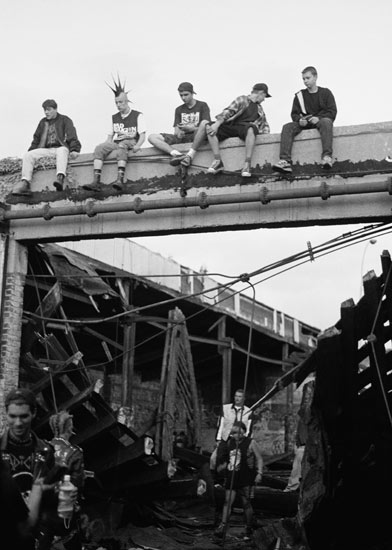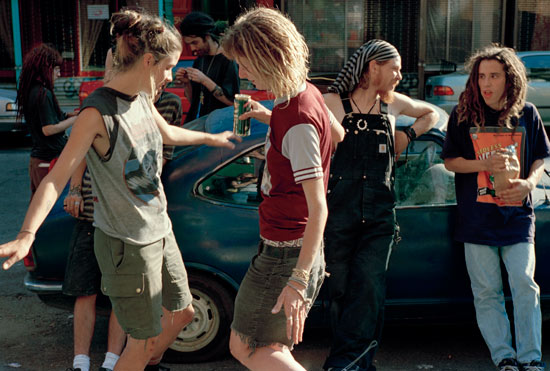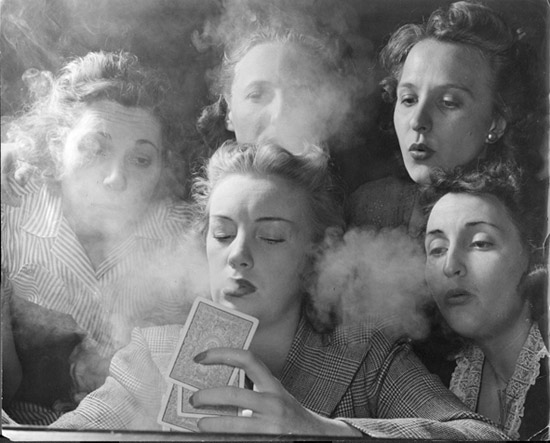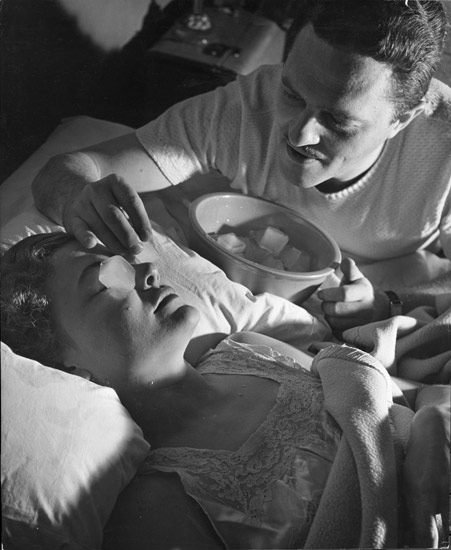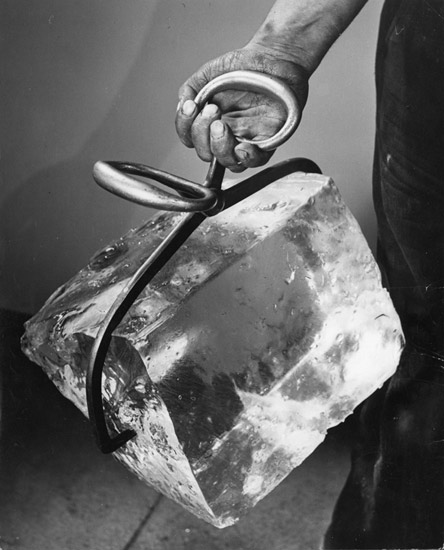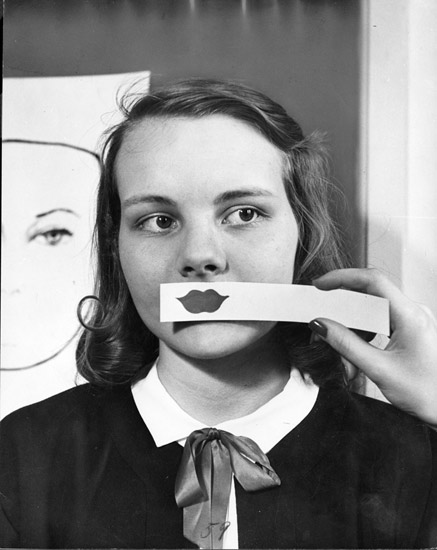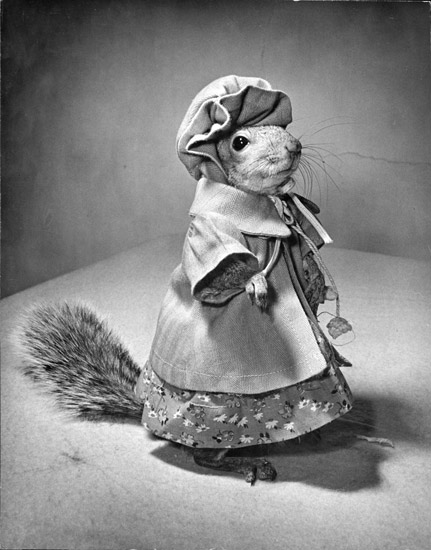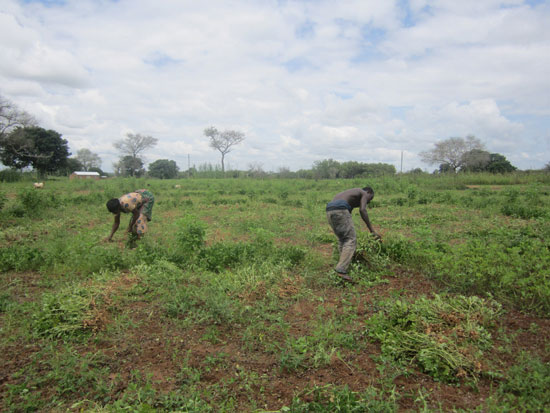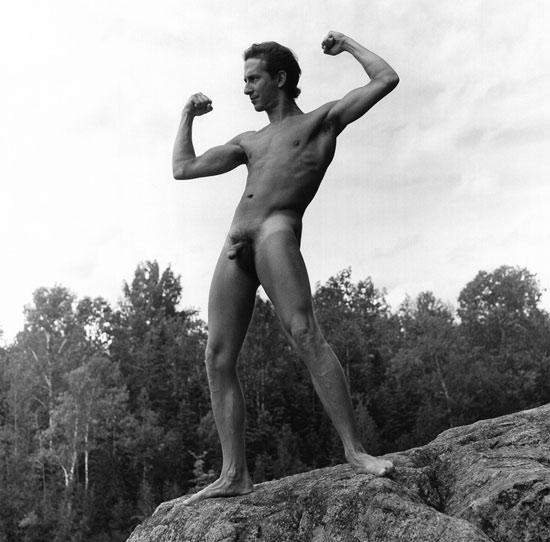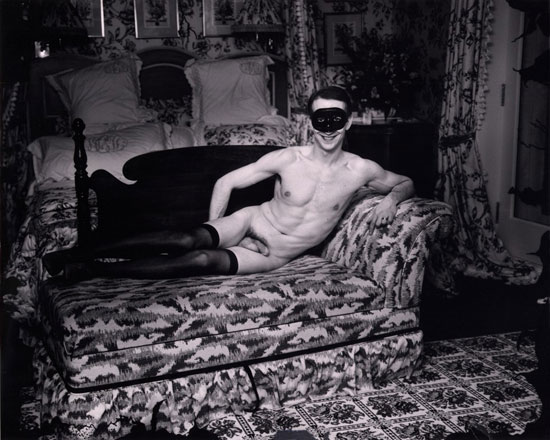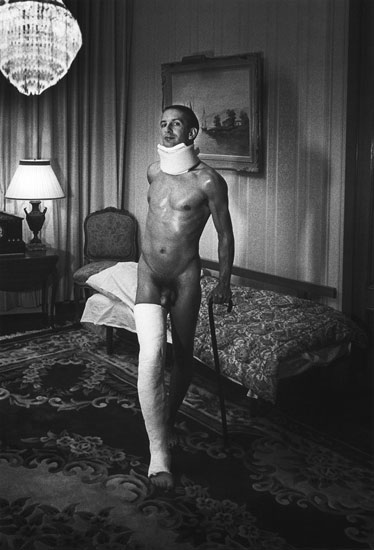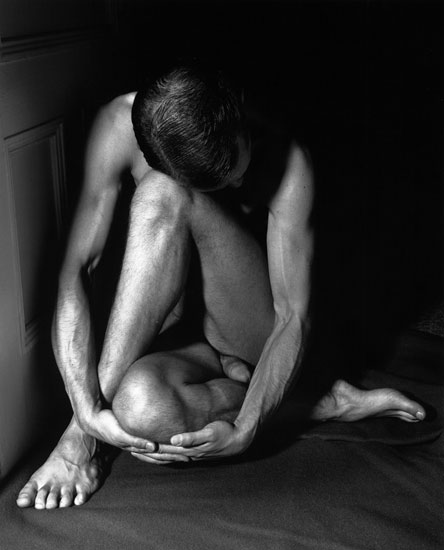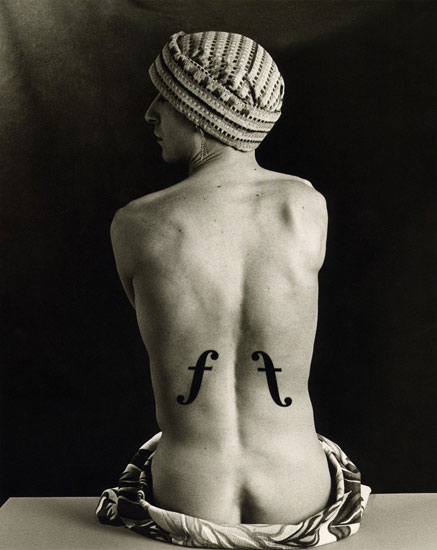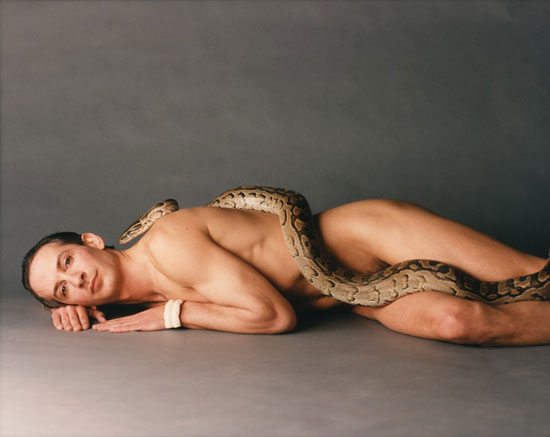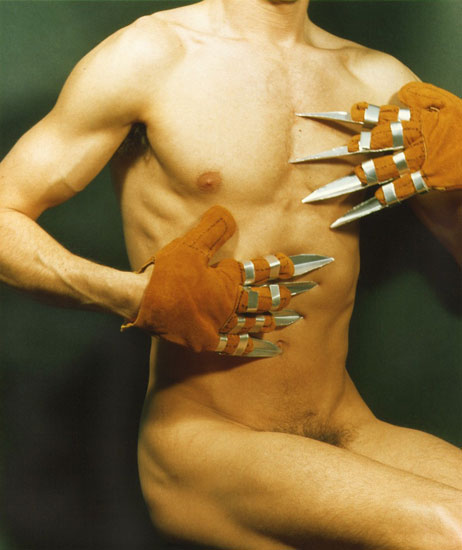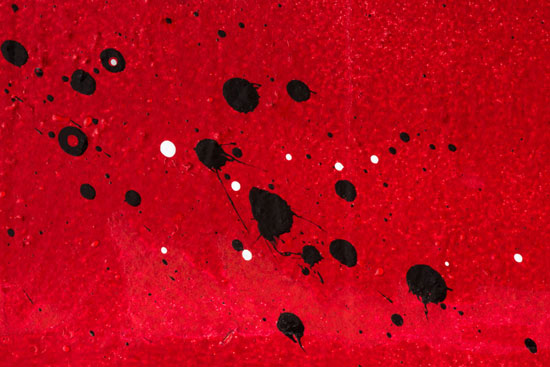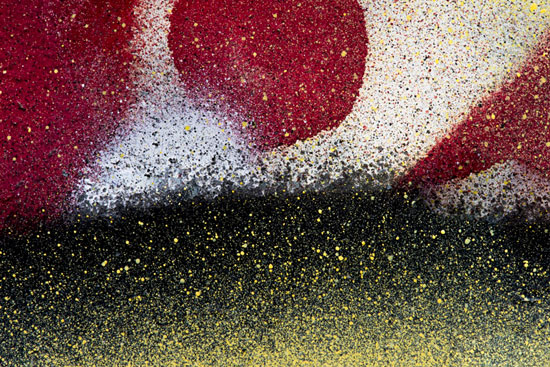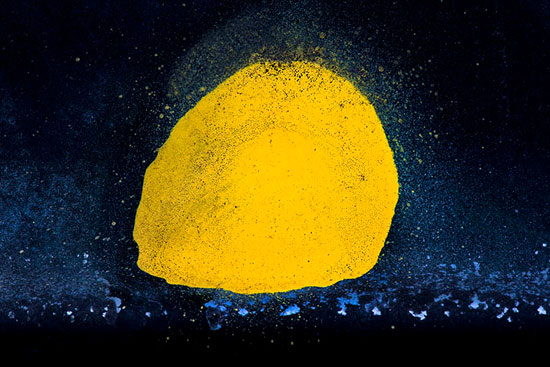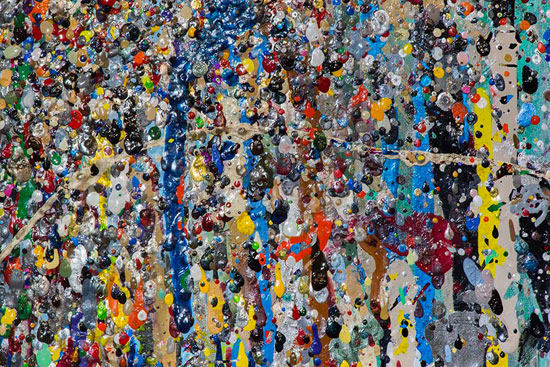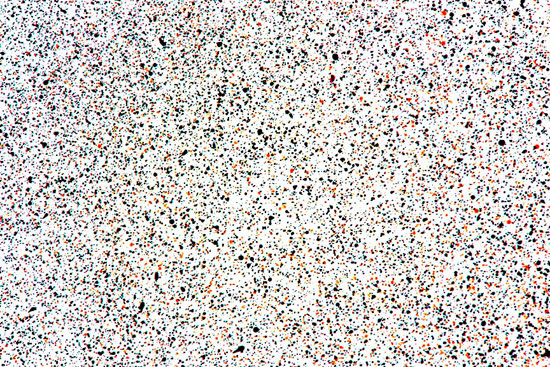From
Kill City, images by
Ash Thayer, published by
Powerhouse Books
I had moved to New York by the early 90s, when Mayor Guiliani finally decided to evict the squatters, who were mainly living down on the lower east side of Manhattan. It was big news at the time. My parents don't read my blog so I can confess that I spent a fair amount of time in squats in London in the mid-80s. I don't know how else I would ever have learned to cook lentils or stomach hash. Ash Thayer moved to a squat in 1992, and began documenting "New York's legendary LES squatters." As Luc Sante writes: "Anyone wondering about the end of bohemia can consult this book, which documents its last incarnation, at least in New York City. Few bohemians can ever have worked as hard as the squatters, who earned their homes and their lives; they were rewarded with forcible and violent eviction. Ash Thayer's remarkable pictures chronicle a time, only two decades ago, that seems impossibly distant now." (b-t-w Sante's book,
Low Life, about the seedy history of NYC is a great read.)
This is a fabulous photography book; large, and packed with double-page spreads, it includes stories of learning how to build and repair, plant gardens, stay warm, and how some of these kids came to be squatting in the first place.

The press release is as usual a great read so here it is in its entirety:
After being kicked out of her apartment in Brooklyn in 1992, and unable to afford rent anywhere near her school, young art student Ash Thayer found herself with few options. Luckily she was welcomed as a guest into See Skwat.
New York City in the '90s saw the streets of the Lower East Side overun with derelict buildings, junkies huddled in dark corners, and dealers packing guns. People in desperate need of housing, worn down from waiting for years in line on the low-income housing lists, had been moving in and fixing up city-abandoned buildings since the mid-80s in the LES.
Squatters took over entire buildings, but these structures were barely habitable. They were overrun with vermin, lacking plumbing, electricity, and even walls, floors, and a roof. Punks and outcasts joined the squatter movement and tackled an epic rebuilding project to create homes for themselves.
The squatters were forced to be secretive and exclusive as a result of their poor legal standing in the buildings. Few outsiders were welcome and fewer photographers or journalists. Thayer's camera accompanied her everywhere as she lived at the squats and worked alongside other residents. Ash observed them training each other in these necessary crafts and finding much of their materials in the overflowing bounty that is New York City's refuse and trash. The trust earned from her subjects was unique and her access intimate. Kill City is a true untold story of New York's legendary LES squatters. - Luc Sante
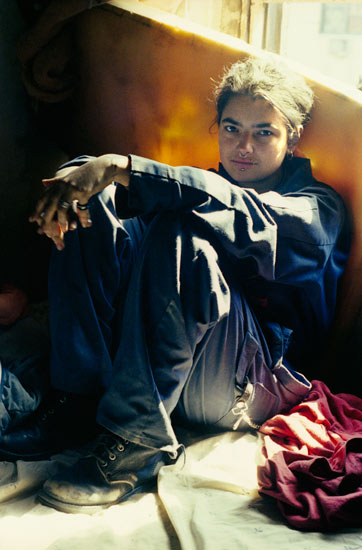

In
Natan Dvir's beautifully composed series, "Coming Soon," the effrontery of New York's mammoth advertising hoardings, garishly peddling their goods to a seemingly captive audience, is juxtaposed with the daily life that obliviously potters on beneath them.
"This new series of pictures continues to explore the relationship between the near-future illusions and physical reality. While new and advanced ways of consuming information create a growing world of virtual, mobile, and personalized ads, the city itself becomes an advertising medium. The immense billboards gradually permeate the whole city, from SoHo to Time Square. Always in the peripheral vision, these ads turn pedestrians into passive spectators. People inhabiting the space underneath are pulled, unaware, into a staged set, as the reality of the street merges with the commercial fantasy of the advertisements."
Images from the series have been widely exhibited and published and their popularity is not wavering. Catch the latest show at
Anastasia Photo, in New York's Lower East Side, on now through April 30, 2015.
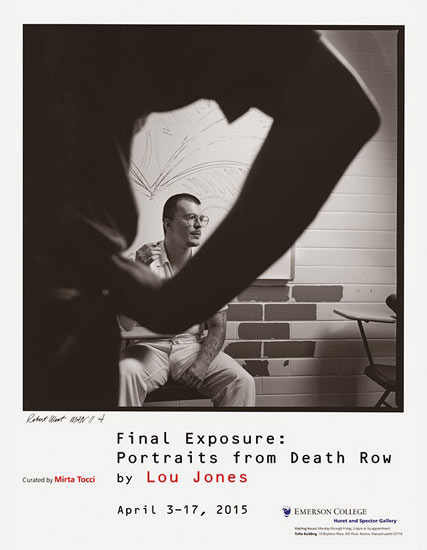
Boston-based super-shooter and lovely man
Lou Jones will exhibit images from his important series "Portraits from Death Row." If you're in the Boston area you have two weeks to go see the exhibition. Jones photographed inmates on death row across the US, and a
book was published in 1996. Emerson College hosts the show, at
Huret & Spector Gallery.
At the other end of Lou's career, are his breathtaking photographs of dancers (among many, many other subjects). See his previous
aCurator post and visit
Lou's website.
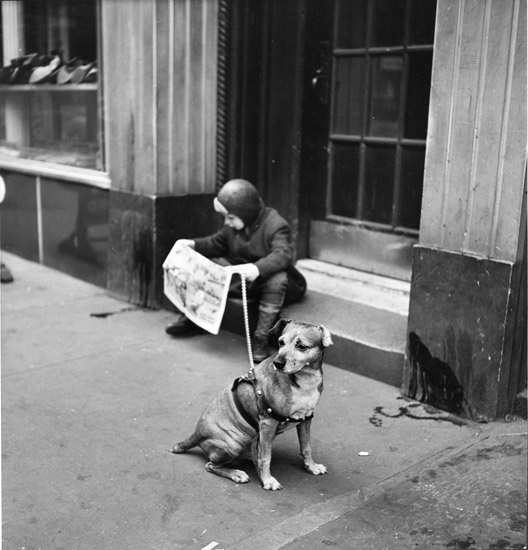
Young boy reading comics with dog, New York City, 1944. Time Inc./Nina Leen/Courtesy of Daniel Cooney Fine Art
Nina Leen (d. 1995) was one of the first female contract photographers with LIFE, working with them from the 1940s until it ceased its weekly printing in 1972; she contributed some 40 covers alone. Edward Steichen included two of her photographs in "The Family of Man" exhibition. But still, Leen has not had enough recognition to-date, so we're pleased to see that Daniel Cooney has curated a fabulous exhibition of her work. It opens on March 26, 2015, at
Daniel Cooney Fine Art in New York and includes a lovely variety of vintage prints from the Time/Life archives.
Members of the Young Women's Republican Club of Milford, Connecticut, 1941
Teenage boys heckling girls at a hen party, Des Moines, Iowa, c.late 1940s
Choreographer Valerie Bettis having ice cubes put on her eyes, 1948
Man holding a block of ice, 1942
Teenager Helen Honey tests lipstick shades and color, 1945
Teenager Barbara Nelson tests lipstick shades and color, 1945
"One of Nina Leen's most famous photographic essays documents Tommy Tucker, an orphaned and celebrated trained gray squirrel owned by Zaidee Bullis of Washington D.C. who dressed Tommy in a variety of over 30 homemade outfits including Red Cross Nurse and a Dutch-girl dress with apron and bonnet."
All images Time Inc./Nina Leen/Courtesy of Daniel Cooney Fine Art
See Nina Leen: Lenslady, at
Daniel Cooney, March 26 - May 16, 2015.

Henry Thomas Segerstrom died recently, on February 20, 2015. Segerstrom was an American entrepreneur and philanthropist. He was the founding chairman of the Orange County Performing Arts Center, now known as the Segerstrom Center for the Arts. Segerstrom is one of Karsh's lesser-known subjects for whom we get regular requests.
© Yousuf Karsh

Harvesting rice © Damyoma Isaac
Giving cameras to farmers in northern Ghana has not just resulted in increased awareness of their development needs and more control over their lives - an enthusiastic volunteer with Christian Aid dropped me a line to tell me about "
My Home, My Farm", a wonderful project she has been helping to develop into an exhibition in London.
From the press release: "We believe that the future of international development lies in utilising modern and innovative communication methods. Ghanaian farmers are faced with the problem of having little or no access to market information. This forces them to sell their produce at the roadside to tradesmen and middlemen at very low prices.
Christian Aid partnered with
Youth Harvest Foundation Ghana (YHFG) to develop the MyPharm project. This supplies the farmers with mobile phones and weekly text messages informing them exactly what their produce is worth. To record the progress of the project Christian Aid and YHFG partnered with
PhotoVoice to give the farmers cameras and photography training. The result is a collection of beautifully honest photographs."
"Water is life. This is our source of water. It is about half a mile from my house. Many people who depend on it live further away." © Apam Apamlea
"The whole community has to use this one borehole, and it is hard to get enough. It takes a long time and everyone, young and old, has to wait to get what they need for their family. Sometimes this causes quarrels about who should take water first."
© Jonas Awinpala
"This photograph was exhibited at the Chief's Palace of Anafobisi where it caught the eye of community water and sanitation staff. They were so moved by the image that they have now provided an additional borehole for the community. Jonas Awinpala has also brought business into the community. He photographed baskets that people in his community had weaved and sent the images to an entrepreneur who has now entered into a contract with the community. Jonas has made approximately £192 from his photography."
A couple uprooting grandnuts on the field. © Linda Atibilla Lariba
These snapshots of Ghanaian life through local eyes will be exhibited at
Kahaila café in London's Brick Lane, from April 2nd to May 5th. Go see!

"After Gibson" © Chuck Samuels, courtesy of
ClampArt, New York.
You see now
this is how to pay homage to the Greats in my opinion: in marvelously good taste, and with a statement to make about gender (especially in comparison to the hideously awful Sandro Miller/John Malkovich
repellent bunch of knock-offs which is still pissing me off).
"After Mapplethorpe"
"For this early body of work being presented at
ClampArt, Samuels created twelve astonishingly faithful reconstructions of portraits of nude women from the history of photography by such modern masters as Paul Outerbridge, Man Ray, Edward Weston, and Richard Avedon, among others. However, in place of the female subjects, Samuels has staged himself "before the camera."
"After Belloq"
Between seeing these in person, and the superb press release (nice work, Brian Clamp) I am over-excited! Samuels prints and presents the photographs in the same size and style as they were originally displayed.
"After Newton"
"After Weston"
"...Samuels caps his deconstructive statement by asking women to click the shutter release on the camera, finalizing his gender inversion. While everyone is aware of the ubiquity and violence of female objectification in Western culture, by parodying these iconic art historical images with his own body, Samuels establishes himself as an erotic object, confusing a typically implicit male gaze. As Deborah Bright writes in her groundbreaking book "The Passionate Camera": "Samuels' photographs expose the consistent heterosexist underpinnings of elite culture and taste as he vamps and camps through official photo history. Even better, he overtly homosexualizes those master photographers whose signature styles remain carefully preserved."
"After Man Ray"
"After Avedon"
"After Outerbridge"
All images © Chuck Samuels, courtesy of
ClampArt, New York.
"Chuck Samuels: Behind the Camera" is on view through March 28, 2015, at ClampArt, 531 West 25th Street, NYC.
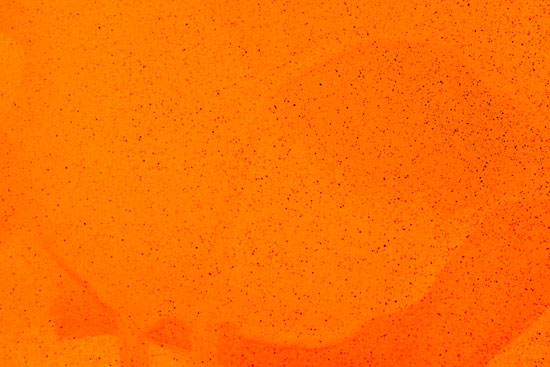
#splat is a new project from New Yorker
Steven Hirsch. I'm almost tempted to withhold what they are photographs of, but that would probably be fun only for me, so... they're photographs of the insides and outsides of dumpsters. That's big street bins to my Brit pals.
I've never noticed anything like it, but I am definitely on the look-out as of now.
I and a bunch of my esteemed colleagues are in the process of judging a competition. It's the umpteenth competition with umpteen entries that are "looking for the beauty in the every-day" or somesuch. Mostly, they're just mundane photographs. This is an example of the idea really working.
This series is a follow-up to Hirsch's "
Gowanus."

Just dug this portrait of Colonel Harland Sanders out of the Karsh archives. As a vegetarian, it's hard for me to sing his praises. But it's another cracking portrait from Mr. Karsh. A print was recently gifted as part of a major donation to the
National Portrait Gallery in Washington, DC.

Italian photographer
Stefania Notizia is educating us this week. The Turkish Yörüks live in the eastern part of Macedonia. The Yörüks are referred to as nomadic tribes of Turkmen origin who had emigrated from the steppes of Central Asia to Anatolia, and from there, in several waves, settled the eastern part of the Balkans. Their name derives from the Turkish verb yürü-, which means "to walk".
According to an essay by Elizabeta Koneska, ethnologist at Museum of Macedonia, Skopje, they were first noted in the Balkan region by the end of the 14th century. Their gradual immigration went on during the 15th century, it intensified by the first half of the 16th century and concluded by the end of the 16th century. "The opinion prevailing among most researchers suggests that the migration of these nomadic-farming tribes mostly had to do with the conquering ambitions of the Ottoman Empire."
